Is turbulence worse on a private jet? No, it is the same with all aircraft, picture this: You’re soaring thousands of feet above the earth, the clouds outside your window looking like fluffy white marshmallows. Suddenly, the plane starts to shake and jostle, throwing your stomach into your throat.
You’re experiencing turbulence, a common occurrence when flying, but one that can be jarring nonetheless. Now, imagine you’re on a private jet instead of a commercial airliner.
Does the disturbance feel worse? Some people claim that it does, while others argue that it’s no different than flying in a commercial plane. So what’s the truth?
In this article, we’ll explore the question of whether turbulence is worse on a private jet. We’ll look at the science behind turbulence and how it affects different types of aircraft, including private jets.
We’ll also examine the factors that can make disturbance feel more or less severe, such as the size and weight of the plane, the altitude, and the weather conditions.
If you’re a nervous flyer, you might be wondering if you should avoid private jets altogether. Or maybe you’re a frequent flier who’s curious about the differences between flying on a private jet versus a commercial plane.
Either way, this article will provide you with the answers you need to satisfy your curiosity and put your mind at ease.
Is turbulence worse on a private jet?
Many people assume that flying on a private jet is always a luxurious and smooth experience. However, turbulence is a natural occurrence in the skies, and private jets are not exempt from it. So, is turbulence worse on a private jet?
The answer is not straightforward. Private jets are designed to offer a more comfortable and personalized flying experience compared to commercial aircraft. Private jets are typically smaller and lighter, which means they are more sensitive to disturbance.
However, private jets can also fly at higher altitudes, which allows them to avoid some of the turbulence that commercial planes experience.
Moreover, the experience of turbulence can vary depending on the type of private jet. For instance, a smaller jet with a lighter weight may experience more turbulence than a larger jet with a heavier weight.
Additionally, the skill of the pilot can also make a difference in how turbulence is handled. Experienced pilots can navigate through turbulence more smoothly, making the experience less jarring for passengers.
Turbulence can be just as unpredictable and uncomfortable on a private jet as it is on a commercial plane. However, private jets may have some advantages in terms of altitude and pilot skill that can help mitigate turbulence.
It’s essential to remember that turbulence is a natural occurrence that pilots are trained to handle, and passengers can take comfort in knowing that they are in capable hands.
Instrument use in measuring turbulence
| Instrument | Features |
| Accelerometer | Accelerometer: measures the aircraft’s acceleration in three dimensions and detects changes in acceleration caused by turbulence. |
| Airspeed indicator | Airspeed indicator: measures the aircraft’s airspeed and detects changes in airspeed caused by turbulence. |
| Gyroscope | Gyroscope: measures the aircraft’s orientation and detects changes in orientation caused by turbulence. |
Also useful articles: Which Aviation Headset is the Best?

Explanation of what turbulence is
Turbulence is a phenomenon that is often encountered in fluid dynamics, and it can be described as the irregular and chaotic motion of fluid particles. This motion is characterized by the random and unpredictable changes in velocity, pressure, and temperature that occur within a fluid flow.
At its core, turbulence is caused by the interaction between fluid particles of different velocities and directions, resulting in the transfer of energy between these particles.
This transfer of energy leads to the creation of eddies and vortices, which can range in size from the molecular scale to the scale of entire fluid bodies.
Turbulence can be observed in a wide range of natural and engineered systems, including the atmosphere, oceans, rivers, and even in pipes and channels used for fluid transport.
In some cases, disturbance can have beneficial effects, such as enhancing mixing and heat transfer. However, in other cases, it can have detrimental effects, such as causing drag on airplane wings or leading to erosion in pipes.
Understanding turbulence is essential for many fields of science and engineering, from weather forecasting and climate modeling to designing efficient engines and turbines.
While the mathematics of turbulence is complex and challenging, researchers have made significant progress in recent years, leading to improved models and simulations that allow us to better predict and control this fascinating phenomenon.
Also useful articles: How Long Flight Chicago to Las Vegas?
Top pick

Editor’s choice

Best value

Do planes have turbulence detector?
If you’re a frequent flyer, you’ve likely experienced turbulence during your flights. Turbulence is a common occurrence during air travel, and while it can be uncomfortable, it’s generally not a safety concern.
But have you ever wondered if planes have disturbance detectors to help pilots avoid rough air? The answer is yes, planes do have turbulence detectors.
These instruments are called airborne weather radars, and they are used to detect areas of turbulence and other weather conditions that could affect the flight.
The radar works by emitting a beam of electromagnetic energy that bounces off particles in the atmosphere. The radar then analyzes the energy that is reflected back to the aircraft, allowing the pilots to identify areas of turbulence.
While airborne weather radars are an essential tool for pilots, they are not foolproof. Turbulence can be caused by a variety of factors, including air currents and atmospheric pressure changes, which may not be detected by the radar.
In addition, weather conditions can change rapidly, making it difficult for pilots to anticipate turbulence. Despite these challenges, pilots use all the tools available to them, including airborne weather radars, to minimize turbulence during flights.
So the next time you experience turbulence during your flight, you can take comfort in knowing that your pilot is doing everything possible to make your journey as smooth as possible.
Also useful articles: Can Aviation Fuel Melt Steel?
How private jet avoid turbulence on air
Flying on a private jet is often associated with luxury, comfort, and convenience. But did you know that private jets also have a unique advantage over commercial flights when it comes to avoiding turbulence?
Turbulence is caused by the movement of air, which can be affected by a number of factors such as atmospheric pressure, temperature, and wind patterns. Commercial airlines often fly on predetermined routes, which can sometimes take them through areas of turbulence.
Private jets, on the other hand, have the ability to fly at higher altitudes than commercial flights. This means they can often fly over areas of turbulence rather than through them, resulting in a smoother and more comfortable ride for passengers.
In addition, private jets are equipped with advanced technology such as weather radar and real-time turbulence mapping. These tools allow pilots to anticipate and avoid areas of turbulence before they even encounter them, further increasing the likelihood of a smooth flight.
Private jet operators also employ experienced pilots who are well-trained in turbulence avoidance techniques. They may adjust their altitude or change their flight path based on real-time weather information, allowing them to avoid areas of potential disturbance.
Private jets have several advantages when it comes to avoiding turbulence, including the ability to fly at higher altitudes, advanced technology, and experienced pilots. For those who value comfort and convenience when traveling, a private jet may be the best way to avoid a bumpy ride.
Also useful articles: Do Pilots Carry Guns?
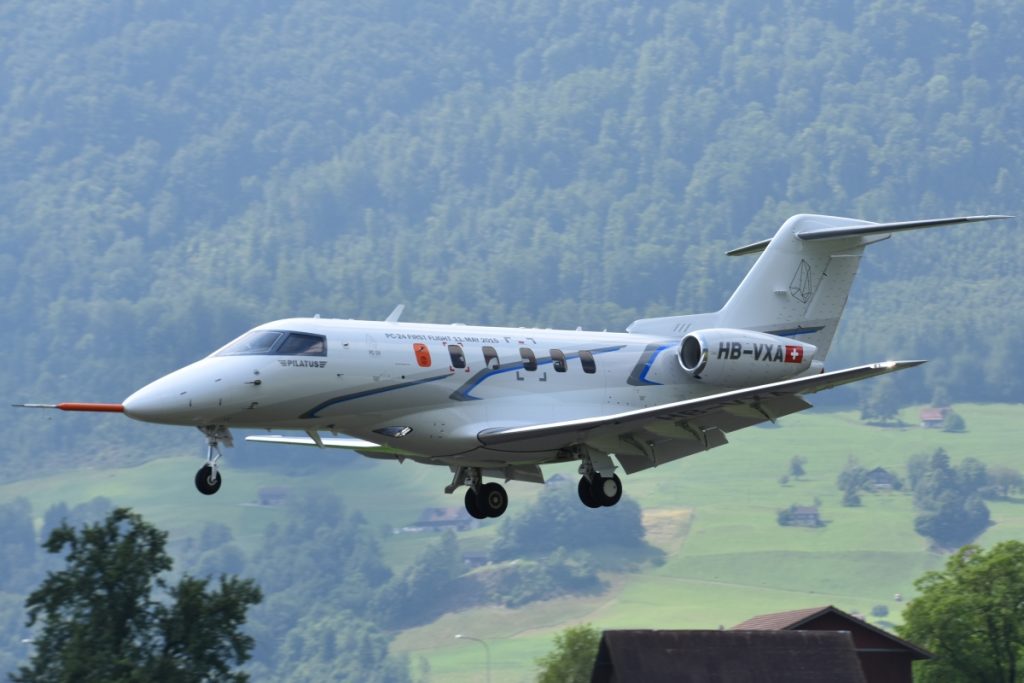
How commercial airlines avoid turbulence
Commercial airlines are equipped with advanced technology and highly skilled pilots to avoid turbulence and ensure a smooth flight for passengers.
Turbulence is a natural phenomenon that occurs due to changes in air pressure and temperature, and it can be uncomfortable and potentially dangerous for passengers and crew members.
One of the primary ways commercial airlines avoid turbulence is by using weather radar systems. These systems can detect areas of turbulence ahead and provide pilots with real-time information about the severity and location of the disturbance.
This allows pilots to adjust their flight path and altitude to avoid the turbulent area and ensure a smoother ride for passengers.
Additionally, modern airplanes are equipped with sophisticated onboard computer systems that analyze weather patterns and provide pilots with detailed information about weather conditions during the flight.
This allows pilots to make informed decisions about the best route to take and adjust their flight path accordingly.
Pilots also communicate with air traffic control and other pilots to share information about areas of turbulence and weather patterns. This allows them to work together to avoid areas of turbulence and ensure a safe and comfortable flight for passengers.
Commercial airlines use a combination of technology, skilled pilots, and collaboration to avoid turbulence and provide passengers with a smooth and comfortable flight experience.
While turbulence can be unpredictable and unavoidable at times, the measures taken by airlines and pilots help minimize its impact on the safety and comfort of passengers.
Also useful articles: How Safe are Private Jets?
Top pick
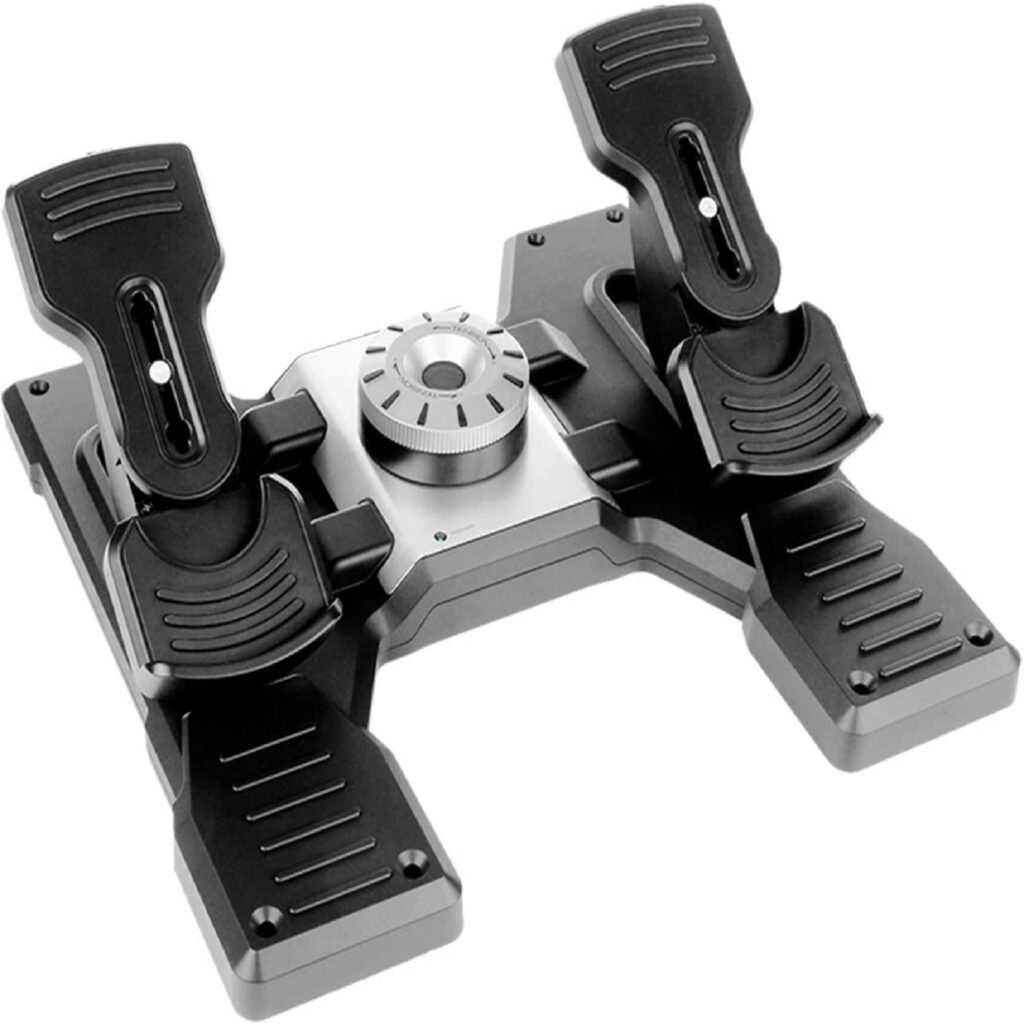
Editor’s choice
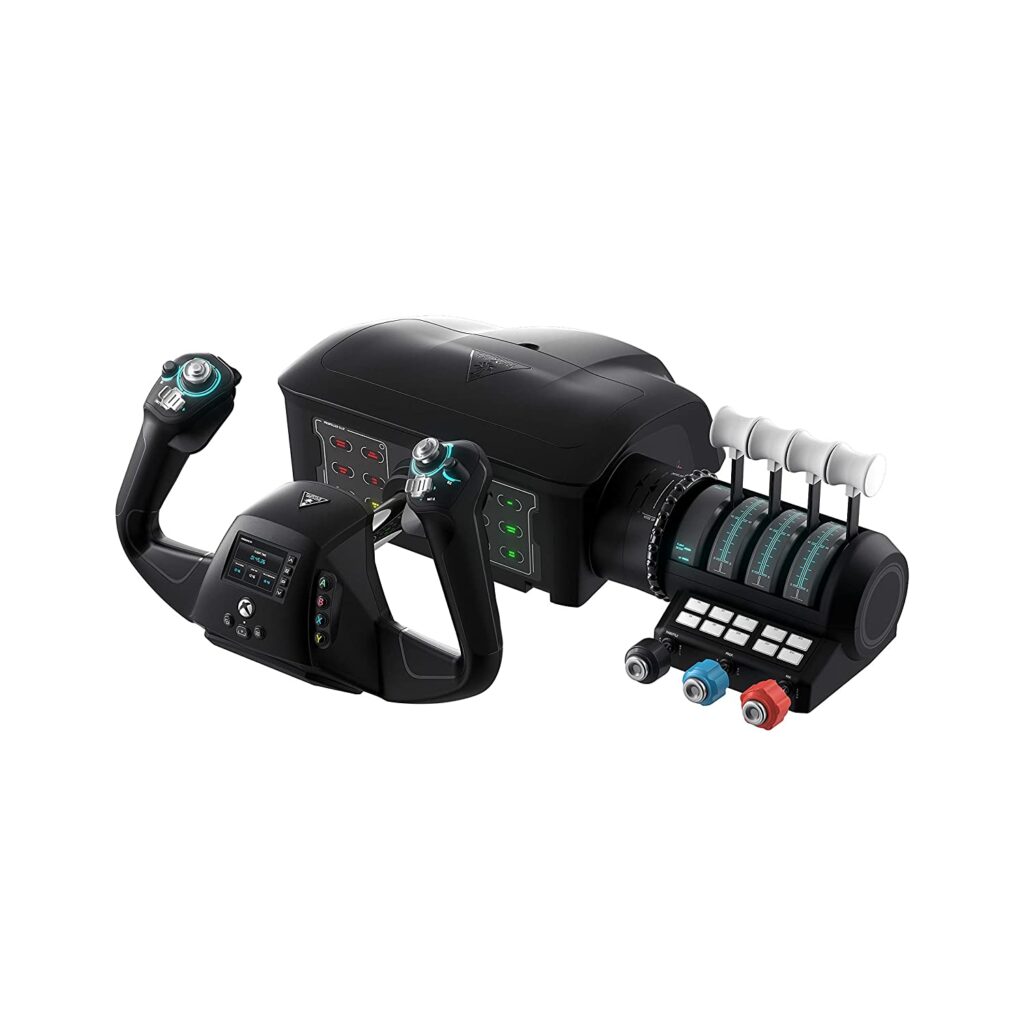
Best value
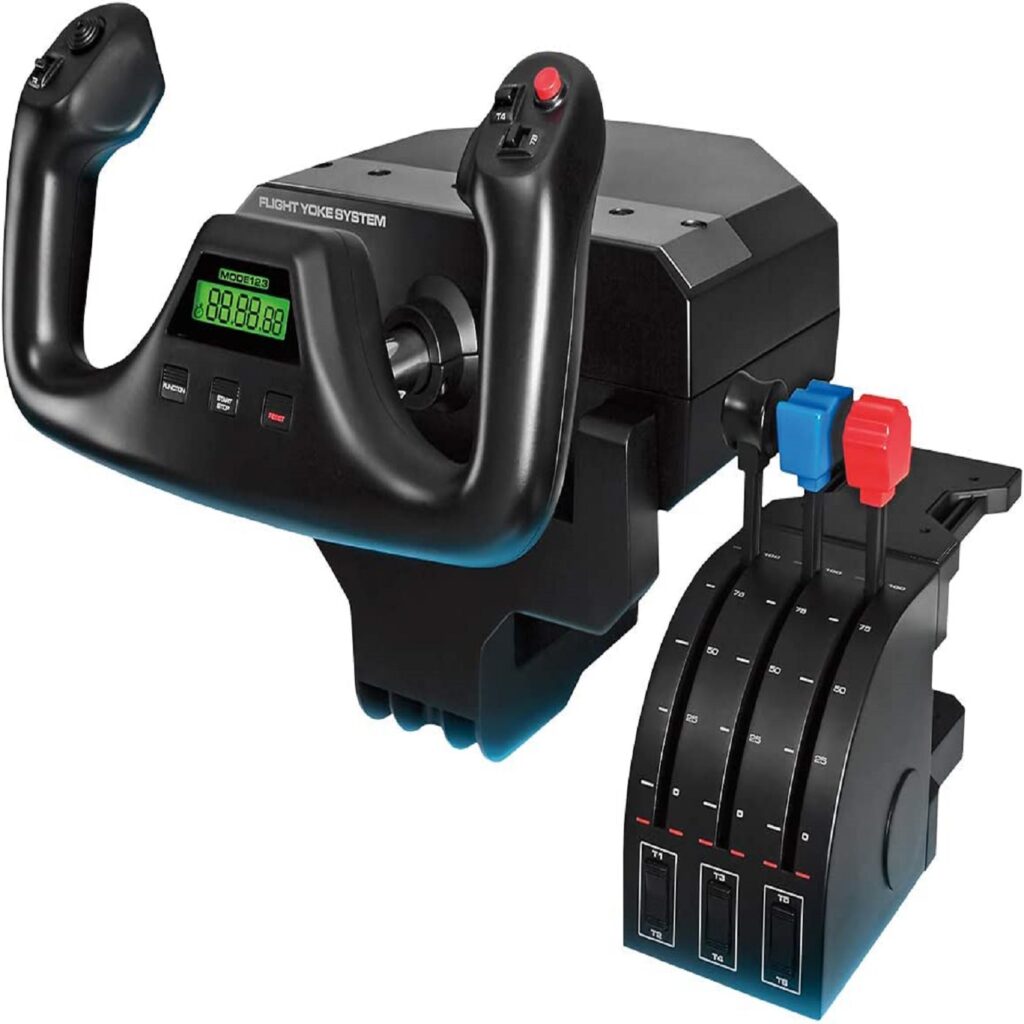
Best flight routes for private jets
For those who want to travel in style and luxury, private jets are the ultimate mode of transportation. Unlike commercial flights, private jets offer unparalleled comfort, convenience, and privacy.
However, when it comes to choosing the best flight route for a private jet, there are several factors to consider. Here are some of the best flight routes for private jets that are worth considering.
One popular route is from New York to London. This route is perfect for business travelers who need to travel between these two major cities frequently.
Private jets offer a convenient and luxurious option for this journey, allowing travelers to avoid the crowds and long wait times at commercial airports.
Another great route is from Los Angeles to Miami. This route is popular for both business and leisure travelers, offering a seamless and comfortable journey between the two cities. Private jets also offer the added benefit of flexible departure times, making it easy to fit travel into busy schedules.
For those looking for a more exotic destination, flying from Dubai to Maldives is a great option. This route offers breathtaking views of the Indian Ocean and the stunning Maldives islands.
Private jets make this journey even more luxurious, with amenities such as on-board catering and entertainment. Private jets offer a luxurious and convenient way to travel, and these flight routes are some of the best options for those looking to make the most of their private jet experience.
Also useful articles: What is the Alphabet Used in Aviation?

How bad weather affect aircraft
Weather plays a crucial role in aviation, and it can significantly affect an aircraft’s flight operations. Bad weather conditions such as heavy rain, fog, snow, and strong winds can have a detrimental impact on aircraft operations, ranging from flight delays to flight cancellations.
One of the most critical factors affected by bad weather is visibility. When visibility is low due to fog or heavy rain, pilots find it challenging to navigate the runway and the airspace, leading to flight delays and cancellations.
Moreover, thunderstorms, icing, and turbulence can cause significant problems during flights, endangering the safety of passengers and crew members.
During snowy weather, aircraft must undergo de-icing procedures to remove any accumulated ice from the wings and other surfaces. These procedures take time and can cause significant delays for aircraft trying to take off or land.
Strong winds, particularly crosswinds, can also pose significant challenges to pilots. They make it difficult for aircraft to take off or land safely, and they can even cause damage to the aircraft in extreme cases.
Bad weather can significantly affect aircraft operations, leading to delays, cancellations, and even posing a risk to passengers and crew members’ safety.
It is therefore crucial for airlines to prioritize safety over efficiency and ensure that flights are only conducted when the weather conditions are safe and suitable for flying.
Also useful articles: Private Airstrip
Longest range personal jets
The world of aviation has always been fascinating, and personal jets are no exception. The idea of owning a personal jet with the longest range is not only exciting but also practical for frequent flyers.
A personal jet with long-range capabilities means that it can fly further without the need to refuel, making it ideal for long-haul trips.
One of the longest-range personal jets is the Gulfstream G650ER. It can fly up to 7,500 nautical miles non-stop, making it one of the most sought-after personal jets for long-haul flights.
The Gulfstream G650ER is not only fast but also comfortable, with a spacious cabin that can accommodate up to 19 passengers. Its advanced avionics system ensures a smooth and safe flight, making it the go-to choice for many executives and entrepreneurs.
Another long-range personal jet is the Bombardier Global 7500. This jet can travel up to 7,700 nautical miles non-stop, making it one of the longest-range personal jets available.
It boasts a luxurious cabin with enough space for up to 19 passengers, making it ideal for long-haul trips with friends and family. The Bombardier Global 7500 also has an advanced avionics system that ensures a comfortable and safe flight.
Owning a personal jet with long-range capabilities is not only practical but also an exciting prospect. The Gulfstream G650ER and Bombardier Global 7500 are some of the longest-range personal jets available, and they offer the perfect combination of luxury and practicality for frequent flyers.
Whether it’s for business or pleasure, these personal jets are sure to make any long-haul flight comfortable and enjoyable.
Also useful articles: How Much Fuel Do Private Jets Use?
Top pick

Editor’s choice

Best value

Jet with the fastest flight record
When it comes to air travel, speed is always a factor. While commercial jets can travel at impressive speeds, the title of the jet with the fastest flight record belongs to the North American X-15.
The North American X-15 was an experimental aircraft designed in the late 1950s to reach extreme altitudes and speeds. It was powered by a rocket engine and could reach speeds of up to 4,520 miles per hour, which is more than six times the speed of sound.
On October 3, 1967, the X-15 set its record-breaking flight. Pilot William J. Knight took off from Edwards Air Force Base in California and reached a top speed of 4,520 miles per hour at an altitude of 354,200 feet. This flight broke the previous record set by the X-15 just a few weeks earlier.
The X-15 program was short-lived, with only 199 flights between 1959 and 1968. However, the program was instrumental in advancing the field of high-speed flight and paved the way for future experimental aircraft like the SR-71 Blackbird.
While commercial jets can’t come close to the speeds of the X-15, they have made air travel more accessible and efficient for millions of people around the world. Nevertheless, the North American X-15 remains a marvel of engineering and a testament to the ingenuity of the human race.
Also useful articles: Is Aviation A Good Career?
Cost of owning your personal jet
Owning a personal jet or small plane is a dream for many people who desire the freedom and convenience of traveling on their own terms. However, before you make a decision to purchase a private jet, it is important to consider the cost associated with it.
Firstly, the cost of purchasing a personal jet can be quite high. Depending on the type of jet and its features, the price can range from a few million to tens of millions of dollars. Additionally, there are ongoing expenses such as maintenance, fuel, insurance, and storage that can quickly add up.
Maintenance costs for a private jet can be particularly high, as the aircraft requires regular checks and repairs to ensure it is operating safely and efficiently. Fuel costs also add up quickly, as private jets consume a large amount of fuel per hour of flight.
Insurance is another major expense associated with owning a personal jet. The cost of insurance can vary depending on factors such as the aircraft’s value, usage, and pilot experience.
Lastly, storage costs must be considered. Personal jets require secure storage in hangars or other facilities, which can be expensive depending on the location and size of the storage space.
Owning a personal jet can be an expensive endeavor. However, for those who value the freedom and convenience that a private jet provides, the cost may be worth it.
Before making a decision, it is important to consider all of the expenses associated with owning a private jet and to carefully weigh the benefits against the costs.
Also useful articles: Aviation Psychologist

Advantages of owning a personal jet
Owning a personal jet may seem like a luxury that is reserved only for the rich and famous. However, it has several advantages that can make it a worthwhile investment for anyone who values time and convenience. Here are some of the advantages of owning a personal jet:
- Time-saving: One of the biggest advantages of owning a personal jet is that it saves time. With a personal jet, you can avoid long check-in lines, security screenings, and other delays that are common in commercial air travel. This means that you can arrive at your destination faster, allowing you to maximize your time and productivity.
- Convenience: Owning a personal jet gives you the convenience of being able to fly whenever you want, without having to worry about scheduling conflicts or availability. This is especially important for people who travel frequently or have busy schedules.
- Comfort: Personal jets are designed with comfort in mind, offering amenities such as plush seating, gourmet meals, and entertainment systems. This can make long flights more enjoyable and relaxing, allowing you to arrive at your destination feeling refreshed and energized.
- Privacy: Personal jets offer a level of privacy that is not available in commercial air travel. This can be especially important for high-profile individuals who need to travel discreetly.
- Cost savings: While owning a personal jet may seem expensive upfront, it can actually save money in the long run. With a personal jet, you can avoid the costs of commercial air travel, such as ticket prices, baggage fees, and hotel accommodations.
Overall, owning a personal jet can provide a level of convenience, comfort, and flexibility that is not available in commercial air travel. While it may not be feasible for everyone, for those who can afford it, owning a personal jet can be a worthwhile investment.
Also useful articles: Do Private Jets Have Showers?
Top pick
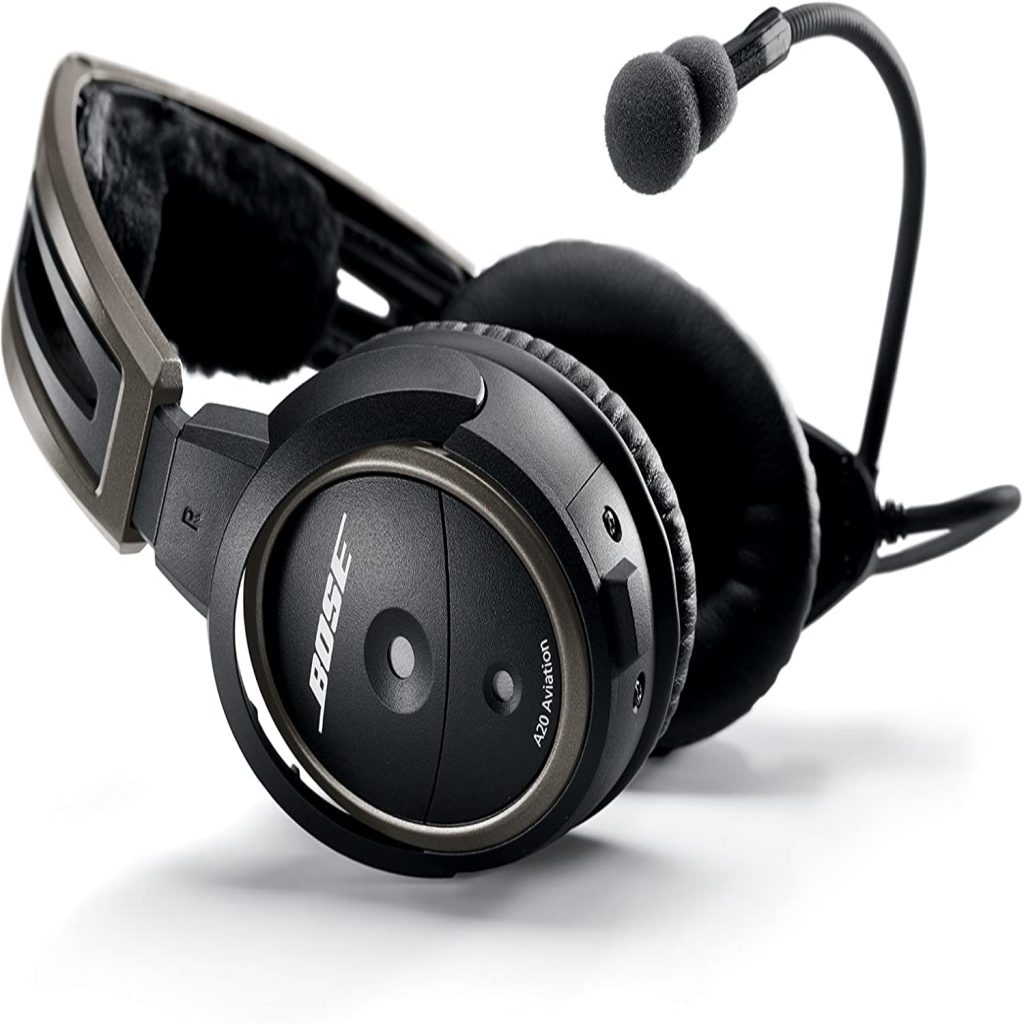
Editor’s choice
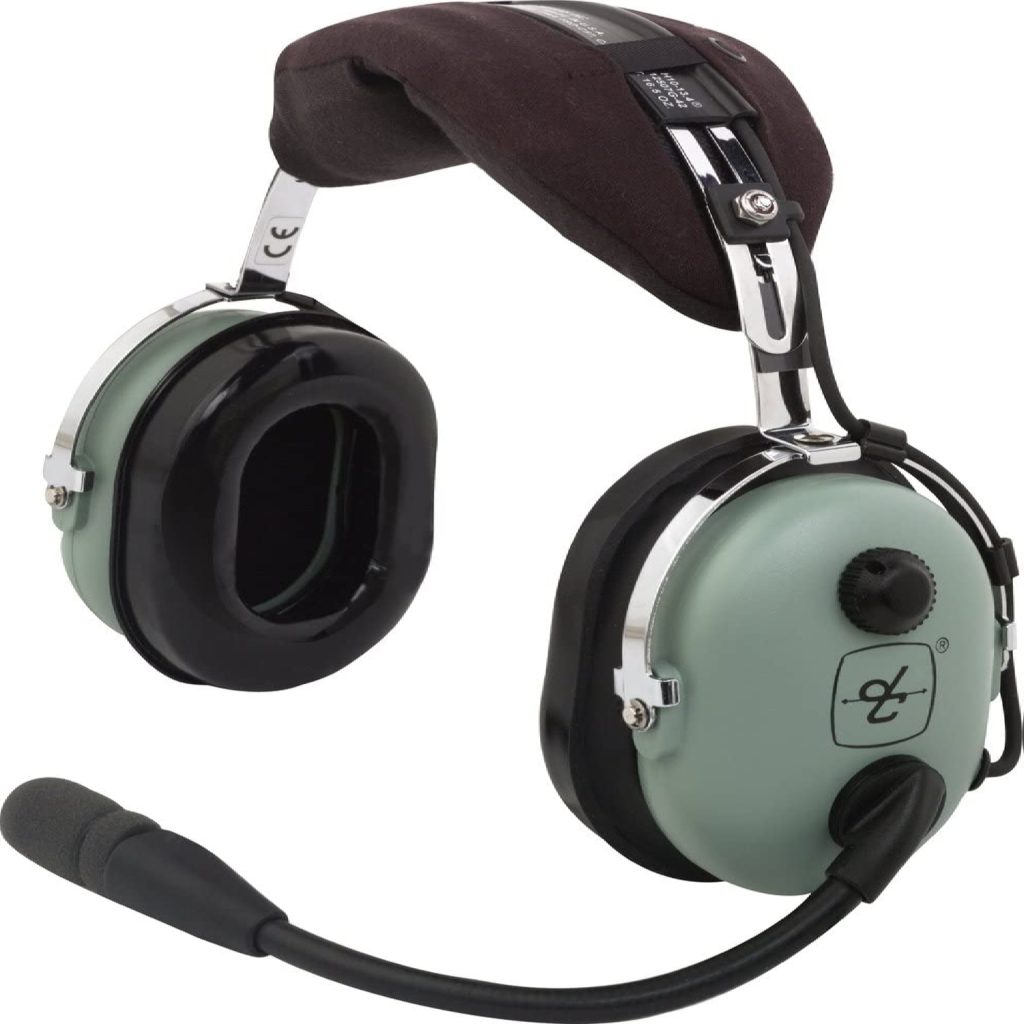
Best value

FAQ
1. What does turbulence feel like in a private jet?
Turbulence can feel like sudden jolts, bumps or drops, causing the plane to shake or bounce around.
2. Do small jets feel more turbulence?
Small jets can be more susceptible to turbulence due to their size and weight, but modern technology helps to minimize its effects.
3. Where is the turbulence the worst on a plane?
Turbulence can occur anywhere, but it’s typically worse near the front of the plane and over or near mountains.
4. Which planes are best in turbulence?
Planes with larger, heavier bodies tend to handle turbulence better, such as wide-body planes like the Airbus A380 and Boeing 747.
End of the line
In conclusion, the answer to the question “Is turbulence worse on a private jet?” is not a straightforward one. While there are some factors that can make turbulence feel more intense on a private jet, such as the smaller size of the aircraft and the ability to feel every bump and jolt.
There are also many factors that can make the experience more comfortable, such as the ability to customize the flight path and the overall smoother ride.
Ultimately, whether or not turbulence is worse on a private jet depends on a variety of factors, including the type of aircraft, the weather conditions, and the skill of the pilot. However, it’s important to remember that turbulence is a normal part of flying, and experienced pilots are trained to navigate through it safely.
If you’re considering flying on a private jet or jets learjet, it’s important to do your research and choose a reputable charter company with experienced pilots who prioritize safety and comfort.
And if you do experience turbulence, try to stay calm and trust that your pilot knows how to safely navigate through it. With the right preparation and mindset, flying on a private jet can be a luxurious and enjoyable experience, even in the face of turbulence.
Also useful articles: Safest Private Aircraft in the World




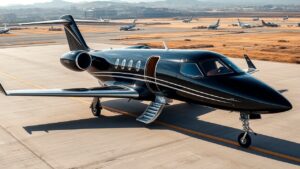
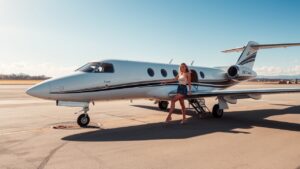





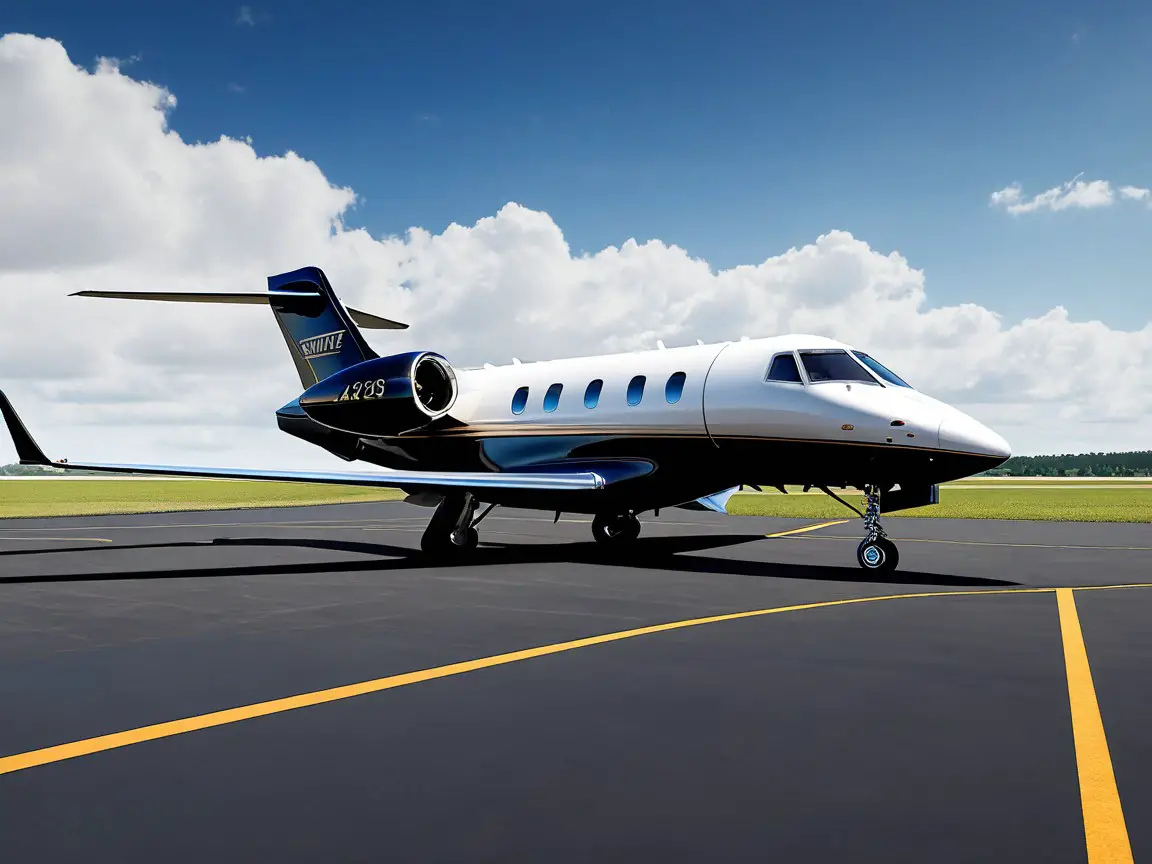
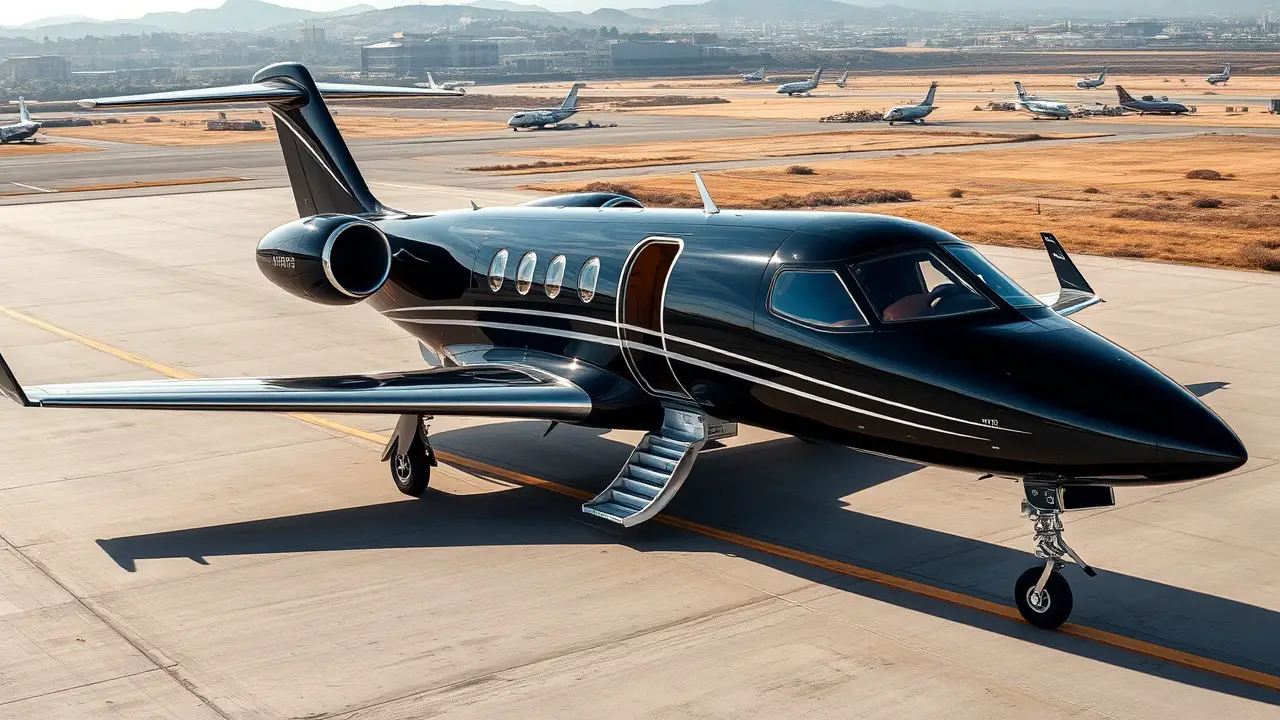
Leave a Reply